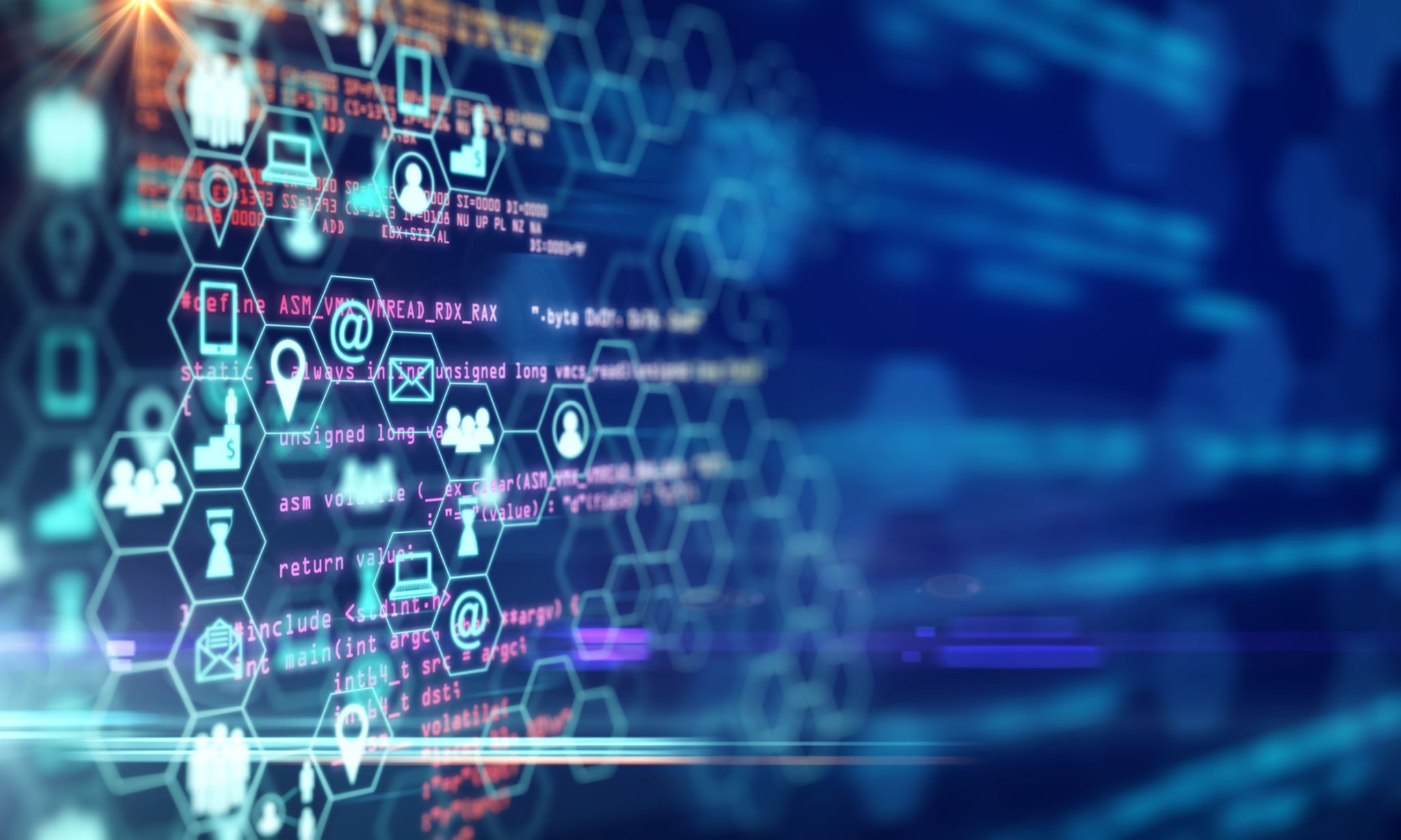By Laser 1 Technologies
Covid, Manufacturing And Remote Work
Are you preparing for a second wave of COVID-19?
While public health measures have helped reduce the number of people reporting infection with COVID-19, experts have predicted a second wave all along. Today, numbers are on the rise in many areas, and it’s generally considered a continuation of the first wave, with a second wave still anticipated this fall.
Regardless of how you define the increase, there’s no question that numbers are going up, and that savvy planners expect further increases in the numbers of infections over the rest of the calendar year, at the very least. These numbers will keep more employees away from the workplace due to their own illness, that of a family member, or a reluctance to risk exposure in the workplace.
Here’s a positive spin on the situation: This offers a unique opportunity for leaders to take another pass at managing the crisis. It’s another chance to build organizational strength to keep workers and the community at large safe, while still taking care of business.
Remote Work in the Context of Manufacturing
A broad sector of US employees began working at home as early as April and May. Some of them have returned to the workplace, and some are still working remotely from home.
Shifting “knowledge workers” to remote work from home had plenty of challenges, and most sectors rose to the occasion in short order. However, it’s different in manufacturing. Workers on the shop floor can hardly do their manufacturing work from home. What to do?
Here are measures proposed by William Sunblad in his Forbes Magazine article “How to Keep Manufacturing Efficient in Remote Environments:”
The first step, which many plants have already implemented, is to restrict access to critical personnel only; no outside visitors and anyone who can work remotely, such as finance or customer service teams, should work remotely.
Tactics that manufacturers are taking to maintain the health and safety of critical floor employees include:
- Staggering shifts to limit the number of people on the floor at any given time.
- Restricting employees from congregating in common areas.
- Requiring all onsite personnel to wear gloves.
- For shared tools, one person must put the tool down and the next person who picks it up must sanitize the tool with an alcohol wipe before using it.
“Corporate Reserve Corps” Relies on Cross Training
In her article “Preparing Your Workforce for a Second Wave Of COVID-19”, Dr. Kelli Klindtworth proposes establishing an internal “Corporate Reserve Corps” to enhance stability.
To build the muscles of business continuity and adaptive resiliency, leaders must recognize the importance of cross skilling and reskilling throughout the ranks. Developing a Corporate Reserve Corps is a critical way to ensure that leaders and teammates can be redeployed as needed, creating maximum continuity, adaptability and flexibility across the company.
Cross training and sharing knowledge among both leadership and general staff makes it easier to pivot in the face of unexpected circumstances. When designated leaders intentionally learn elements of adjacent business functions, leadership is far more resilient in the face of prolonged absences as well as changes in operational strategy. It’s also an opportunity to place new emphasis on the ability of workers to shift focus and operate effectively across roles and functions. Klindtworth cites an example of Bank of America redeploying 3,000 branch employees to handle call center functions.
Necessary steps to develop a Corporate Reserve Corps will vary from industry to industry and business to business. Here are a few ideas that have universal application.
- Encourage additional attendees to join remote meetings, to expand cross-training across roles and functions. Since most meetings and trainings are digital, there are no physical limitations of room size, so use this opportunity to share knowledge and experience.
- Create co-worker partnerships to enable peers to share knowledge and ask questions of colleagues.
- Formally establish senior employees as mentors and trainers.
- Document functions, so there is a written resource in the case of absence
The COVID crisis is a wake-up call, encouraging every business to be as nimble and adaptable as possible. While pivoting to accommodate the changes it brings may demand a lot of time, effort and resources, these are necessary steps, and they will doubtless prove useful in the case of other, yet un-anticipated, disruptions.




